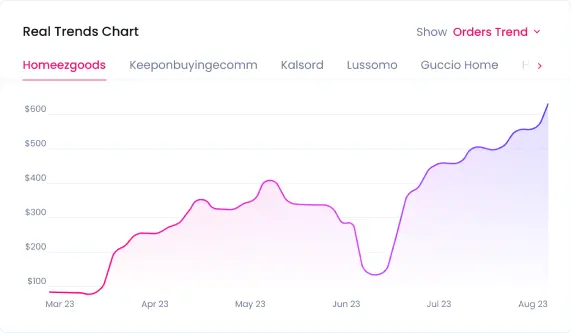How To Handle Dropshipping Returns and Refunds (2025)
Contents

Starting a dropshipping store sounds great, but dealing with dropshipping returns can be a real headache, especially without a clear return policy. Customers may request returns for various reasons, like damaged items, wrong products, poor quality, shipping delays, or simply changing their minds.
Returns are unavoidable in dropshipping, with rising customer expectations making them more common. Over $200 billion worth of merchandise was returned in 2021 alone, making up 20% of online sales.
But don’t worry—Sell The Trend has you covered. This guide will show you how to handle returns smoothly, reduce return shipping costs, and keep your customers happy while protecting your profits.
Key Takeaways
Understanding Dropshipping Returns
Understanding dropshipping returns means recognizing the unique challenges that come with this business model.
Before setting up your store’s return and refund policy, let’s look at why dropshipping works a little differently.
What is Dropshipping and How Does it Affect Returns?
The dropshipping business model allows you to sell items without holding inventory. Instead, a third-party supplier ships the products directly to the customer on your behalf.
The good news? You don’t have to worry about inventory or warehouse expenses. The downside? You don’t have direct control over product quality, shipping, or the dropshipping return process.
To make this smoother, have clear return policies and work with reliable suppliers to minimize return issues and improve customer satisfaction. Here’s how the process works:
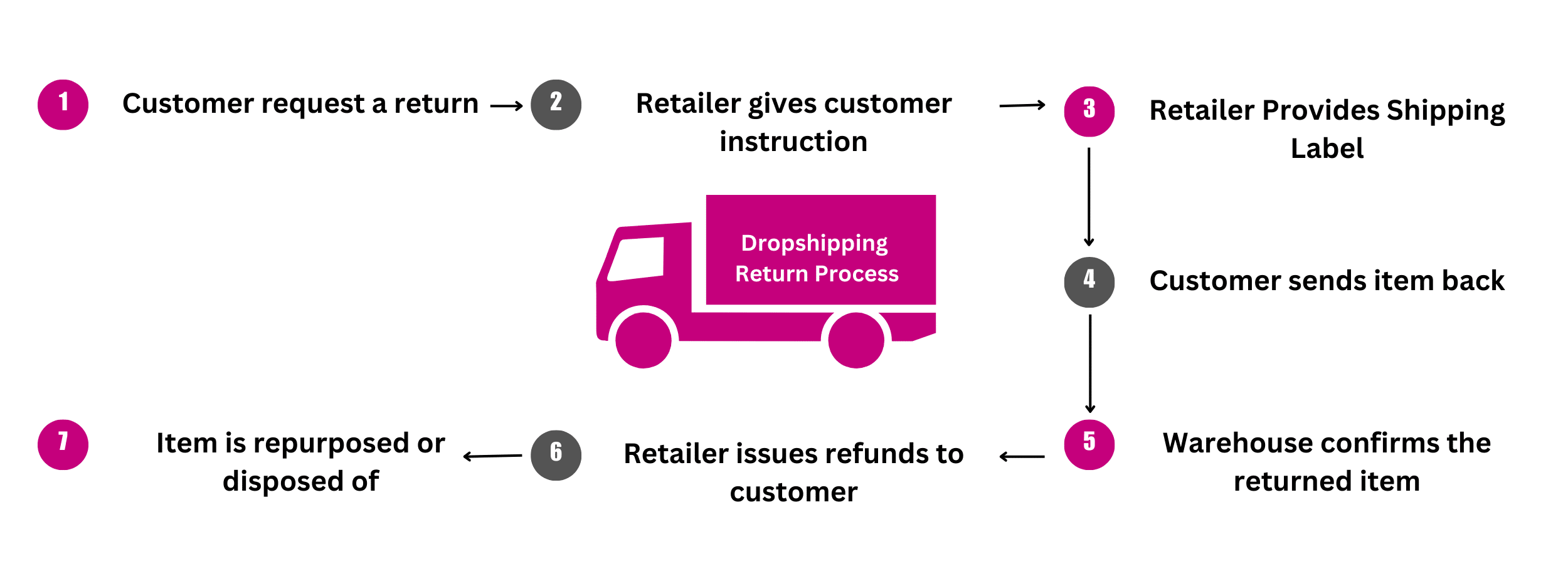
The 5 Main Reasons for Dropshipping Returns
Knowing the reasons behind your customer’s return and refund request allows you to address the issue early, preventing future complaints that could lead to significant financial losses for your business.
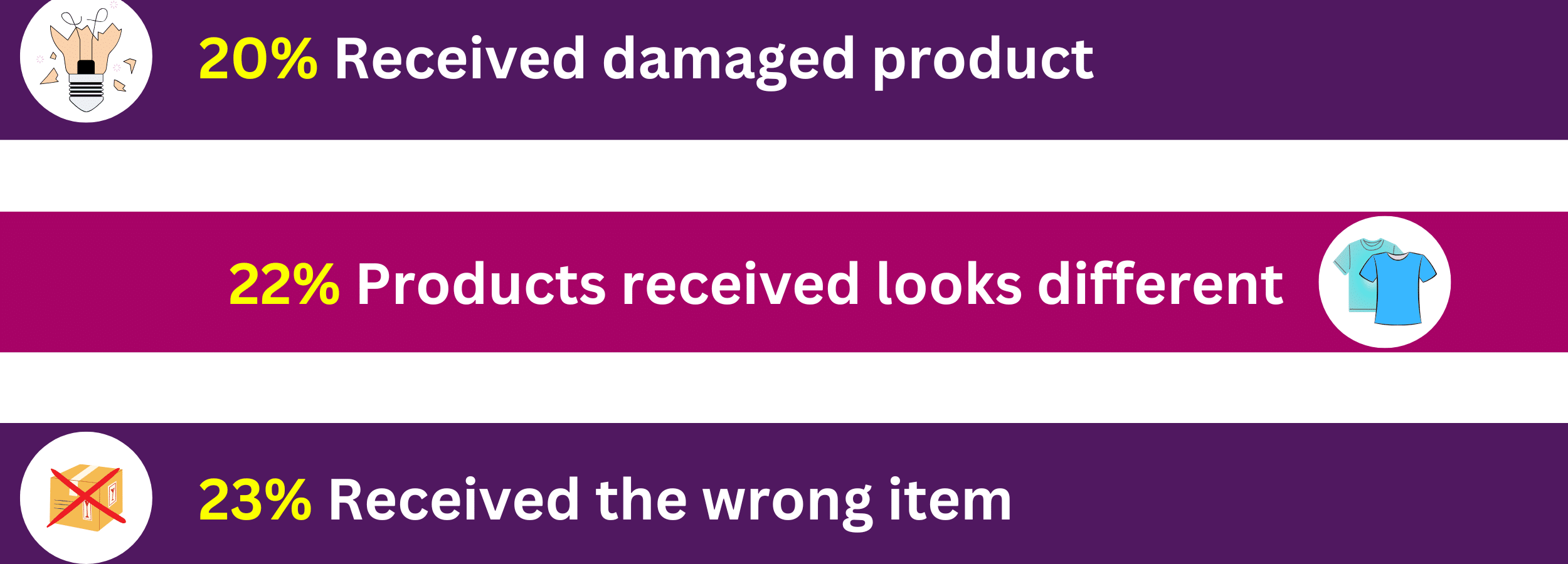
Statistics show that 92% of consumers are more likely to make a repeat purchase if the return process is easy. The main reasons for returns include damaged products, items that don’t match consumer expectations, and receiving the wrong product.
Let’s take a look at the top reasons behind dropshipping returns.
Quality Issues
No one likes receiving a damaged or defective product after waiting for days for it to arrive. The issue could stem from mishandling during packaging by the supplier or damage that occurred during shipment.
Regardless of the cause, customers are frustrated when this happens. Negative reviews like these can seriously harm your e-commerce business, as they affect customer trust and satisfaction.
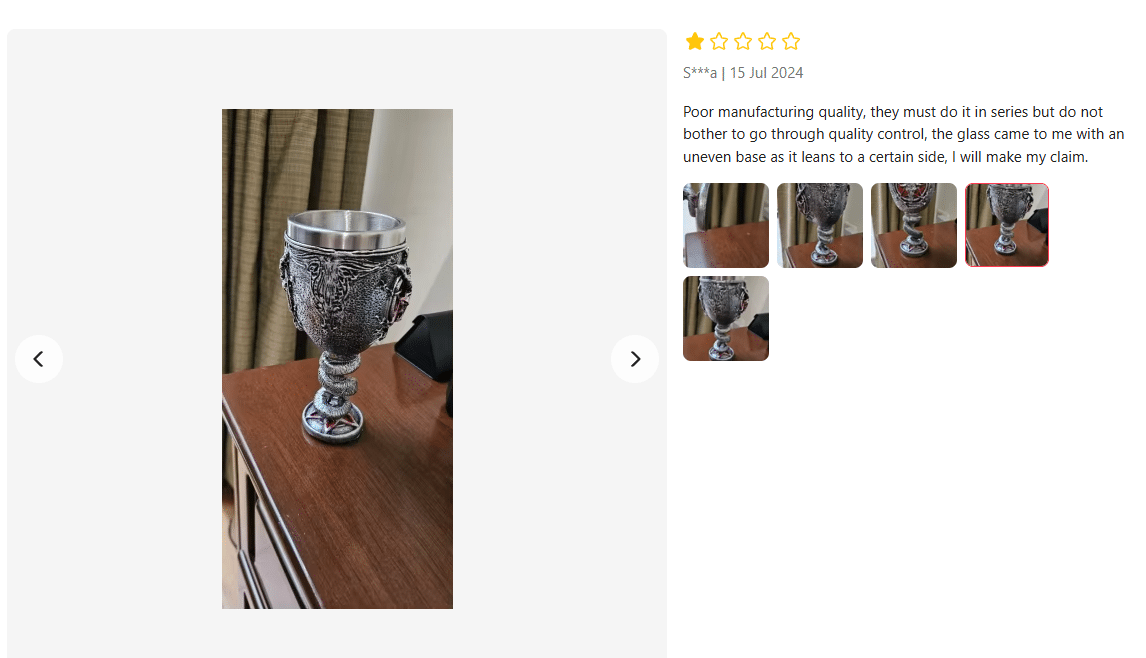
It’s the supplier’s job to ensure products meet all standards before shipping to customers. To avoid returns and refunds, it’s crucial to be picky with your dropshipping suppliers.
This is where Sell The Trend comes in handy!
The tool provides a list of vetted, rated dropshipping suppliers, helping you avoid quality issues and poor service. It also connects you with trusted partners and automates order fulfillment. With integrations like AliExpress and CJDropshipping, managing your inventory and dropshipping business becomes super easy.
Shipping Delays or Errors
Customers can be easily frustrated by lengthy shipping times, especially when they’re hoping to receive an item for a special occasion. If an anniversary gift or birthday present arrives too late, it loses its value, increasing the likelihood of returns. Adhering to the principles of material handling can also help streamline shipping processes, reducing delays and ensuring products are handled efficiently during storage and transit.
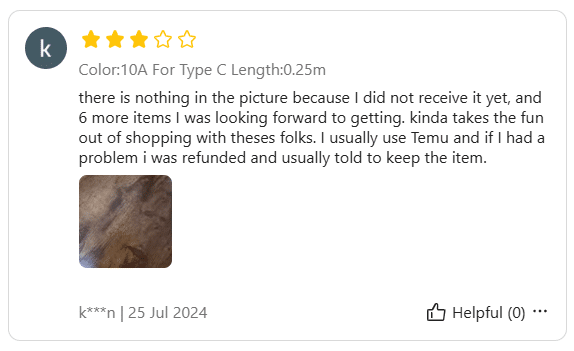
In dropshipping, delays are common because most suppliers are based in China. To mitigate this, you need a supplier with warehouses closer to your target market.
With Sell The Trend, you can easily find reliable dropshipping suppliers from the USA, UK, and other major regions of the world, ensuring faster deliveries and happier customers.
Inaccurate Product Description and Size Issues
In the dropshipping business model, customers often struggle with sizing charts or material quality, especially for clothing and accessories. A customer might order shoes that are too tight or a shirt that doesn’t fit right, leading to dropshipping returns.
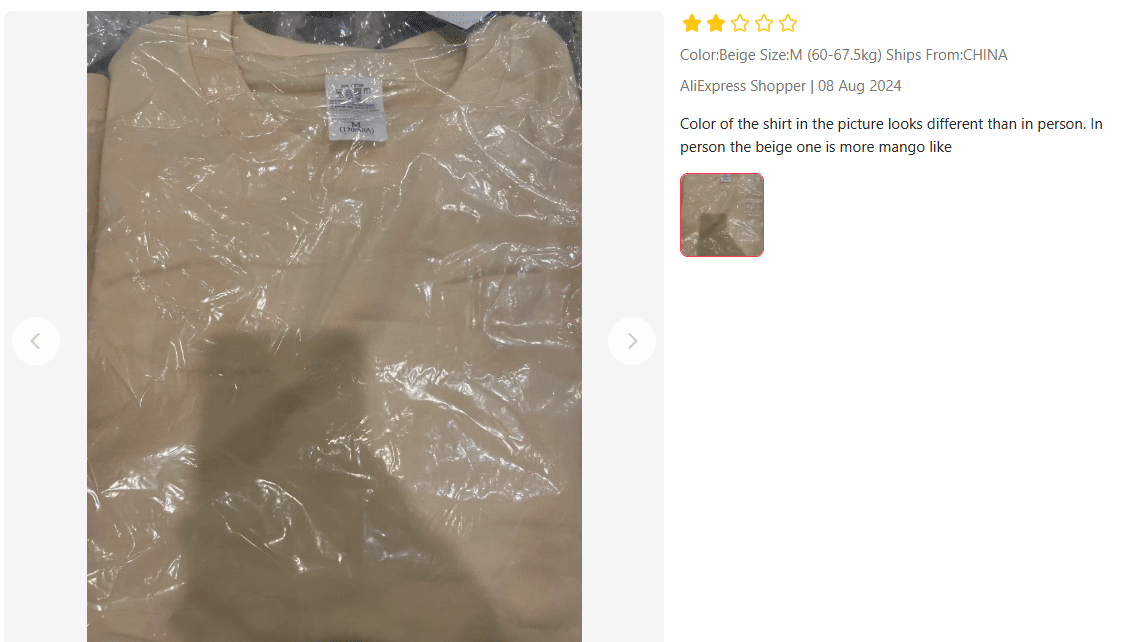
Unclear product descriptions can cause return requests, leaving both customers and sellers frustrated. To minimize this, ensure your online store features clear descriptions, quality images, and videos. This reduces return shipping costs and improves the returns process.
Sell The Trend helps you access product descriptions, allowing you to optimize your listings, improve the customer experience, and reduce returns and refunds. This boosts customer satisfaction, loyalty, and profit margins.
Buyer’s Remorse
We’ve all bought something only to find it for a cheaper price later, leading to buyer’s remorse. As a dropshipper, while you can’t control price drops, you can minimize returns by offering a clear and easy return policy for your dropshipping store.
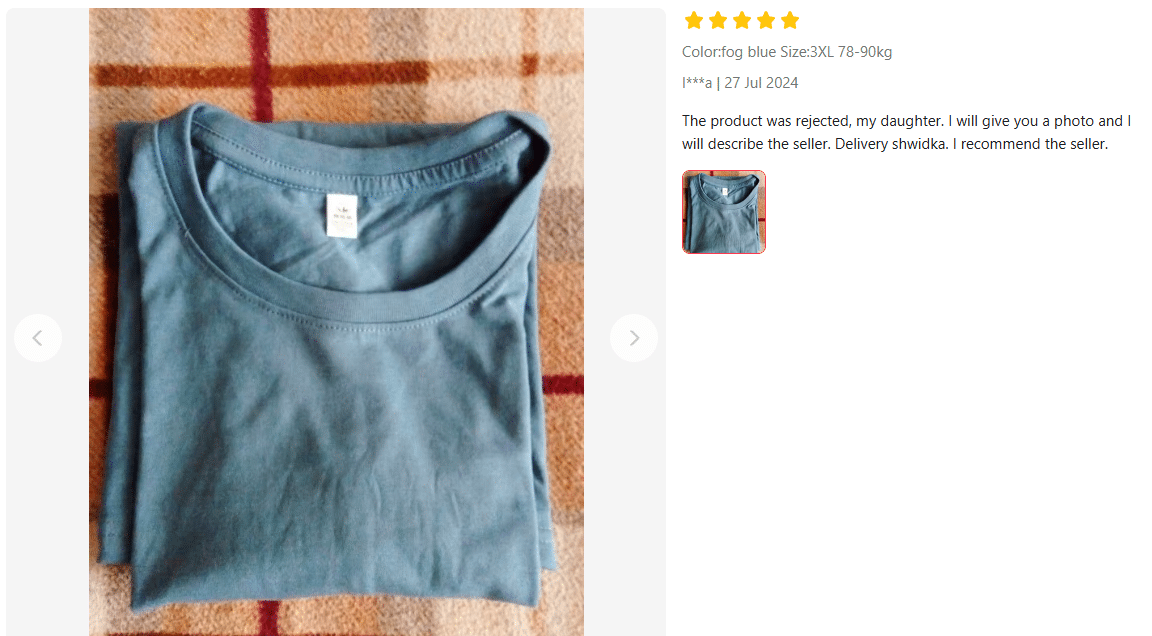
Incompatibility or Technical Issues
Sometimes customers buy a product and realize it doesn’t work with what they already have. For example, a phone case might not fit their model, or headphones may not connect properly.

As a dropshipper, ensure your product descriptions clearly highlight compatibility. Tell your customers exactly what the product works with—whether it’s phones, computers, or other devices. This will save everyone the hassle and help avoid unnecessary returns.
Understanding Returns Across Different E-Commerce Platforms
Whether you’re selling products on major marketplaces like Amazon and eBay or creating a return policy for your own dropshipping store, you must follow the rules set by these platforms as well as those required by your customers’ location.
For example, in Europe, customers can generally return items within a 14-day time frame, while in the US, some stores may not even accept returns.
By ensuring your return process aligns with these policies, you can improve customer satisfaction, reduce refund requests, and avoid unnecessary dropshipping returns.
Dropshipping Returns Policy For Amazon
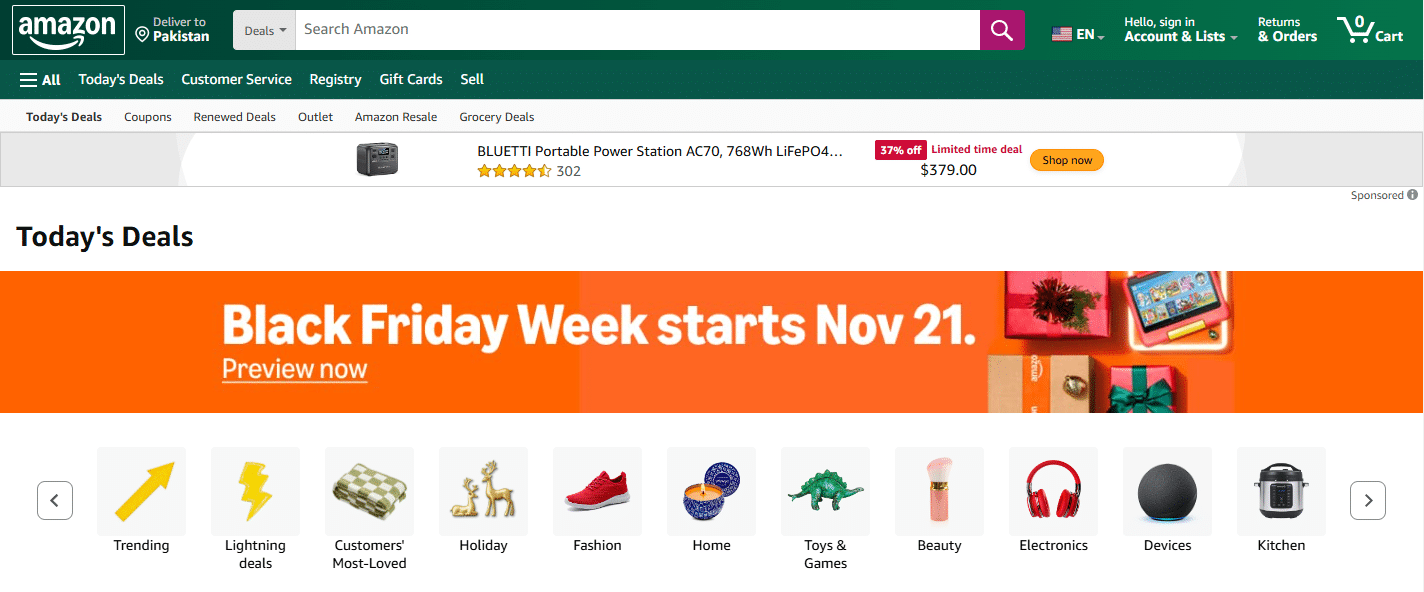
Amazon allows dropshipping, but dropshippers must follow strict policies, including being the seller of record and handling customer returns directly.
Amazon allows customers to return items within 30 days, so dropshippers should follow this rule too. Setting a return policy shorter than Amazon’s standard is a violation of their guidelines and can lead to account suspension.
Amazon requires sellers to match their own returns policy without exceptions to maintain a smooth returns process and ensure customer satisfaction.
Dropshipping Returns Policy for eBay

When a customer requests a return, either through a message or by opening a case on eBay, you contact the dropshipping supplier (like Walmart) to start the return process, just like you would with a personal purchase. The supplier sends a return label, which you then provide to the customer for shipping the item back.
If the item is missing or not as described, buyers need to report non-delivery within 30 days of the latest estimated delivery date or 7 days after the event date. Following these steps ensures a smooth return process and helps keep customers happy. You can go through the details on this page.
Dropshipping Returns Policy for AliExpress

Suppliers offer return policies between 15 and 90 days on AliExpress. You usually need to request a return within 15 days of getting the item. The item must be unused, with its original packaging and labels. If your supplier’s return policy is 30 days, try to aim for 20–25 days to give extra time for shipping delays or processing refunds. See how you can utilize the AliExpress free return facility.
Dropshipping Returns Policy for Cjdropshipping
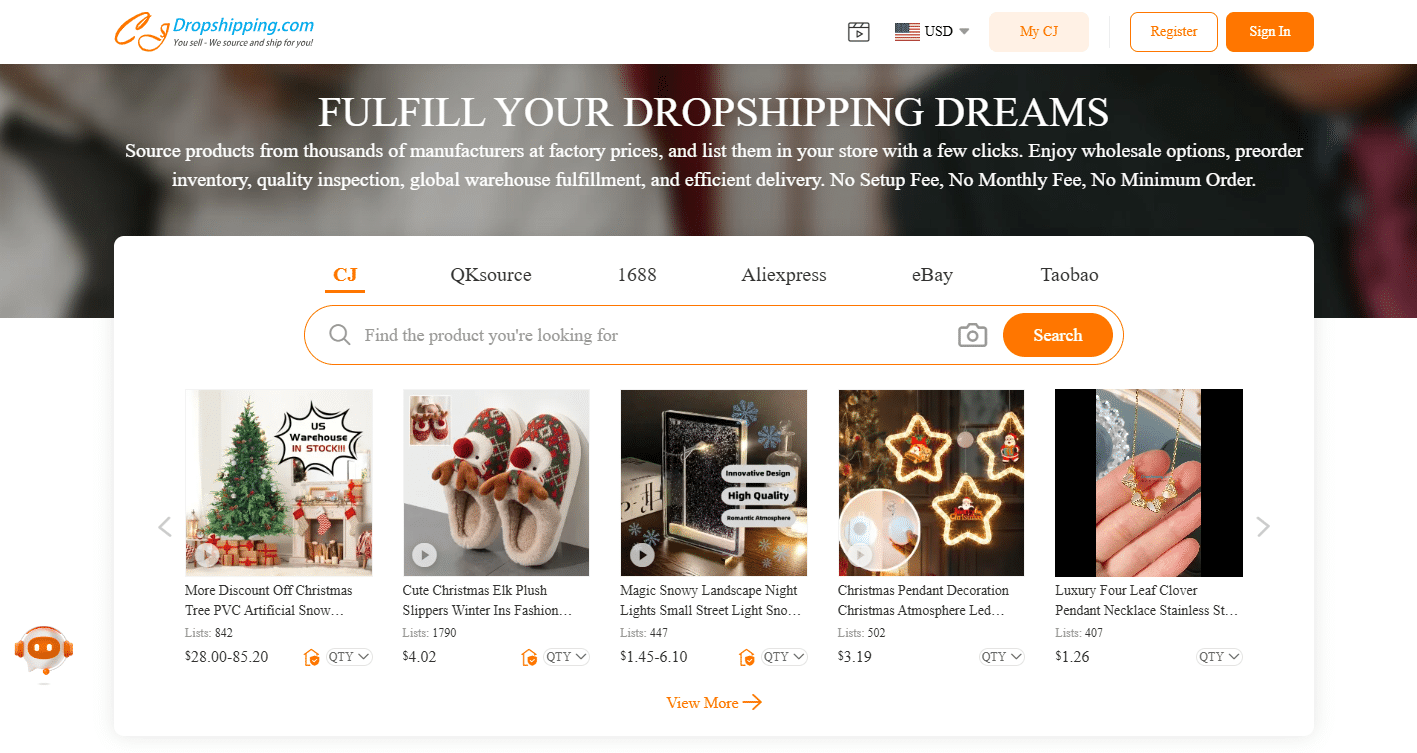
CJdropshipping allows returns within 30 days, but customers must provide proof (like photos) for issues such as damaged items or mistakes with the order. Returns or refunds aren’t available for problems like wrong addresses or buyer’s remorse. You can check the policies here.
Creating an Effective Return Policy
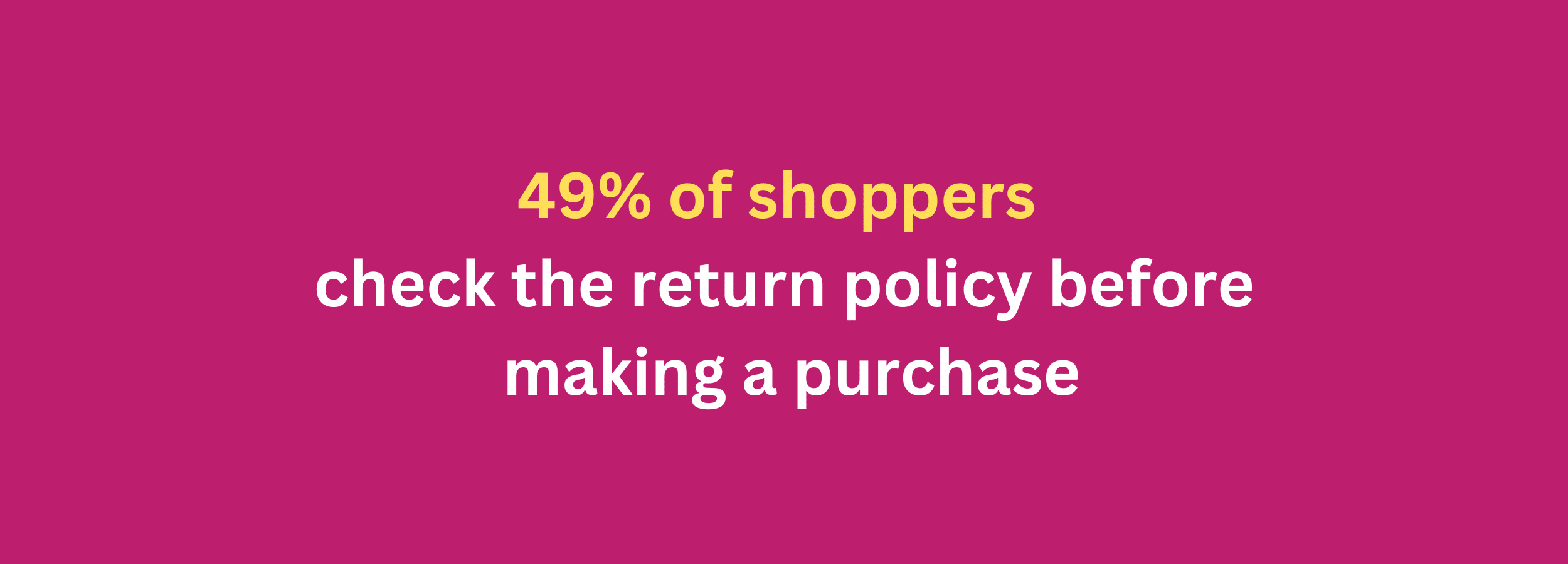
Creating your store’s return policy is super important. It should clearly explain things like how returns work, how long customers have to return items (like 30 days) if there are any restocking fees, and who pays for return shipping.
Make sure your policy matches your supplier’s rules. Having a clear return policy page on your dropshipping store helps build trust with your customers. It shows you’re serious about customer satisfaction. Make sure this page is simple to find, like in the footer, FAQ section, or at checkout.
Let’s quickly review the key elements that make up a perfect policy page.
Key Elements of a Successful Return Policy
Keep It Clear And Simple
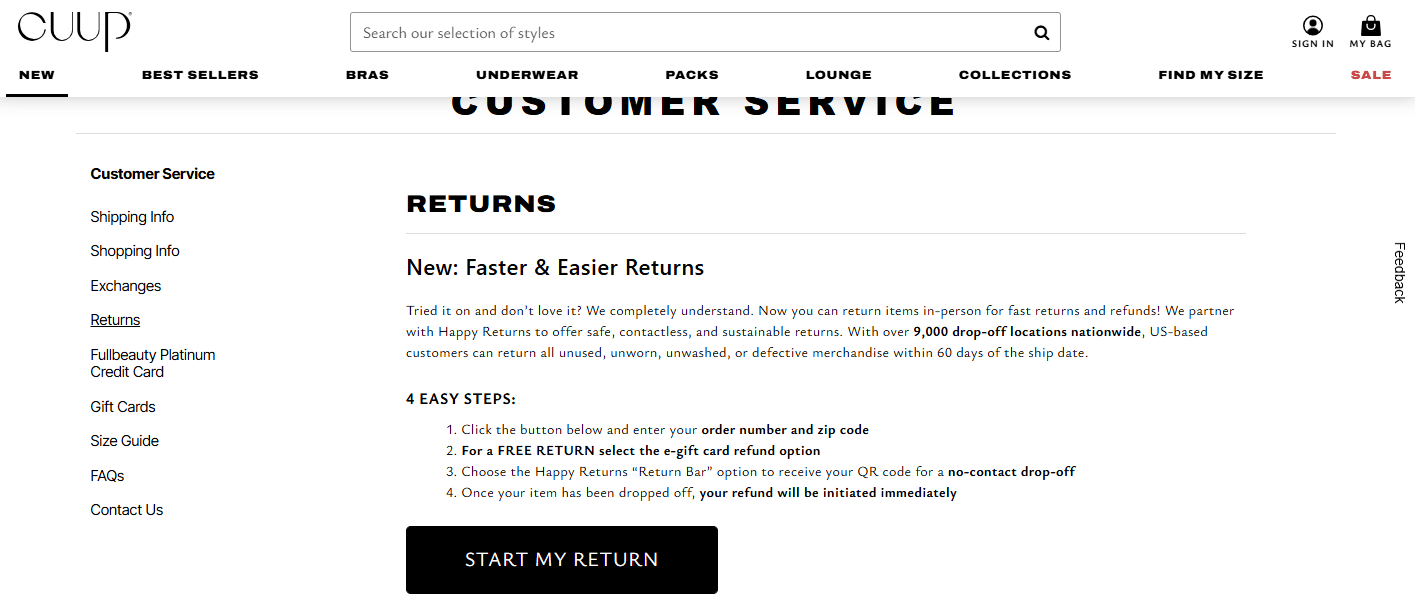
Make your return policy easy to find and understand. Use simple language and avoid complex legal terms. The goal is for customers to quickly understand how the return process works without confusion. Using bullet points can help make the text clear and simple to follow. Here’s what to include on your dropshipping store return policy page:
- List items that can be returned and any exceptions
- Define the return window (e.g., within 30 days)
- Explain the steps to initiate a return
- Clarify who pays for return shipping
- Provide return instructions (return address, shipping method).
- Describe how refunds are issued (e.g., original payment method or store credit)
- Note any non-returnable items
- Provide instructions for damaged or defective products
- Mention any restocking fees if applicable
- Include country-specific return instructions
- Add an FAQs section to clarify common questions
This will help keep your return policy clear, transparent, and aligned with your dropshipping business model.
Cover All Products and Conditions
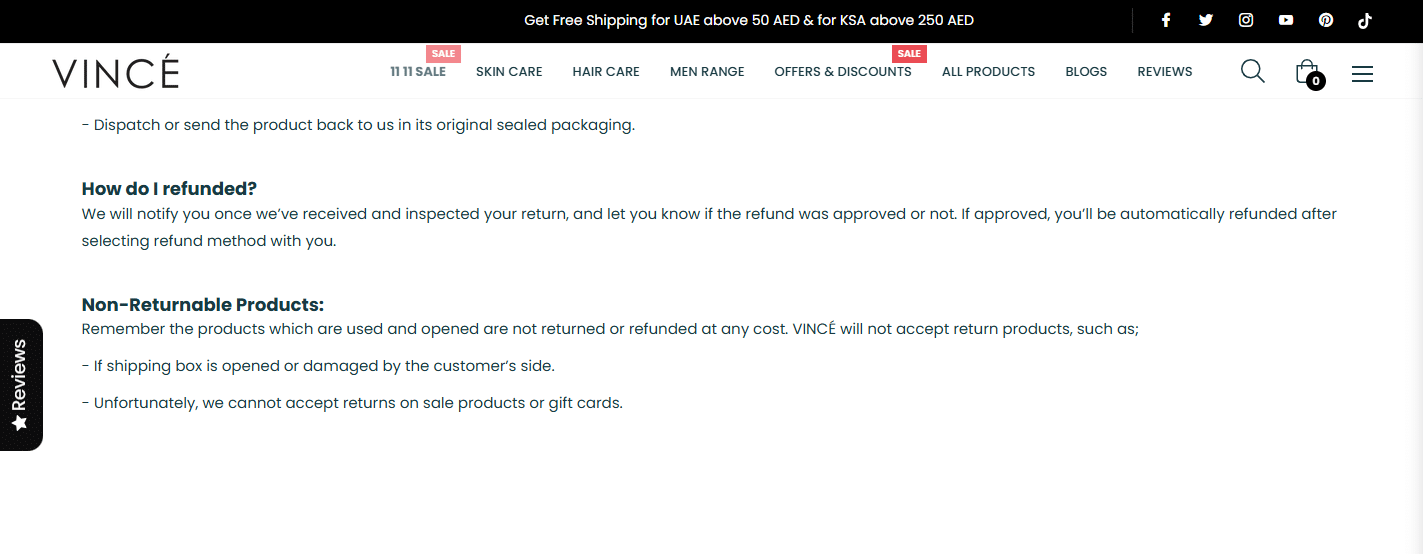
Specify which products customers can return and under what conditions, such as defects or dissatisfaction. List exceptions like custom designs, clearance items, or products with usage restrictions (e.g., hygiene products). This helps set customer expectations and avoid confusion.
Define A Fraud Policy
While suppliers can cheat you, customers can threaten your business with fraudulent orders and chargebacks. If a customer files a chargeback after you’ve paid for the order and shipped the product, you risk losing money, shipping fees, and damaging your reputation or merchant account.
To protect your business:
- Watch for red flags like large or rushed orders.
- Keep detailed records of transactions.
- Provide tracking to show that you shipped the items.
- Consider including a fraud prevention clause.
A solid fraud policy helps minimize risks and safeguard your dropshipping business.
Handle Different Supplier Policies
With multiple suppliers, some may have unique return policies (e.g., no returns, longer periods). Clearly state these policies on individual product pages so customers know exactly what to expect for each item.
Make It Easily Visible

Place your return policy link in obvious spots, such as the footer of every page, at checkout, and on each product page. You can keep things organized using tabs or dropdowns, and don’t forget to remind customers about the coverage in your emails.
Offer Free Returns
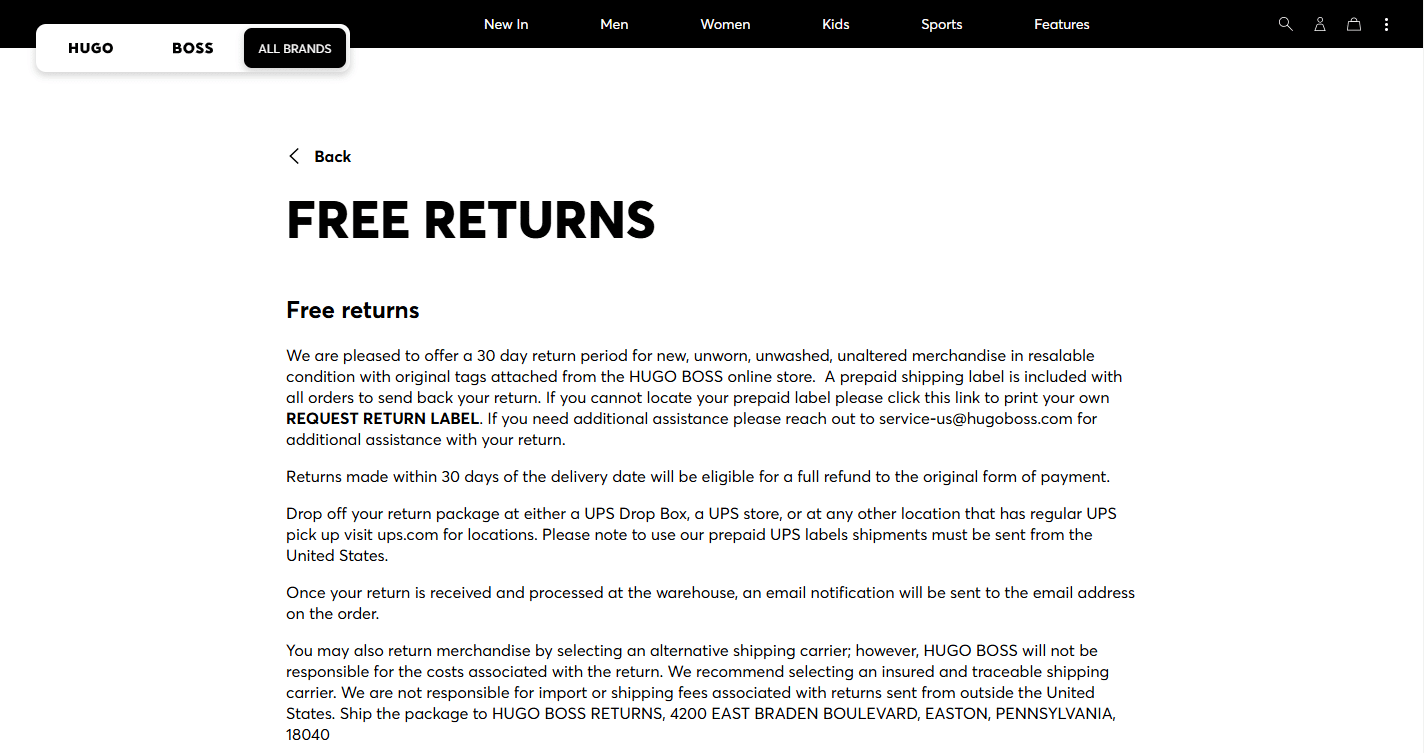
When offering free returns, it’s important to set clear conditions. For example, specify that items must be unused, unworn, and in their original packaging to qualify for a return. This way, customers know exactly what to expect, and it protects your dropshipping business from unnecessary costs. Keeping these guidelines simple and clear ensures a smoother return process for everyone involved.
Keep it Updated
As things change—new products, new shipping policies—make sure to update your return policy accordingly. This ensures it stays accurate and up-to-date, so customers always know exactly what to expect if they need to make a return.
Working with Dropshipping Suppliers
Understanding Supplier Return Policies
Suppliers often charge restocking fees or other costs for returns, so it’s important to ask them the right questions. Let them know you’re doing dropshipping. Here are some simple questions to ask:
- What is your return policy?
- Do you charge restocking fees?
- Do some items not qualify for returns?
- What is the return process?
- How long does it take to process a return?
- Do you offer refunds or just replacements?
- Do you have a warranty on your products?
- Are there shipping costs for returns?
- Do you accept returns from other countries?
Check their policy page, and if you’re unsure about something, ask them directly. Clear communication helps prevent dropshipping returns down the line.
Managing Return Shipping Costs
Who Pays for Return Shipping?
When managing returns, one of the biggest things to think about is who will pay for the return shipping. This can have a big impact on your business. You can either ask your customers to cover the return shipping costs or choose to take on the cost yourself.
Some businesses offer free return shipping for certain products or orders to improve customer satisfaction. But keep in mind that return shipping fees can add up quickly. The way you handle return shipping should be carefully considered because it affects both your return policy and your overall business costs.
Handling Dropshipping Returns
Step-by-Step Process for Handling Returns
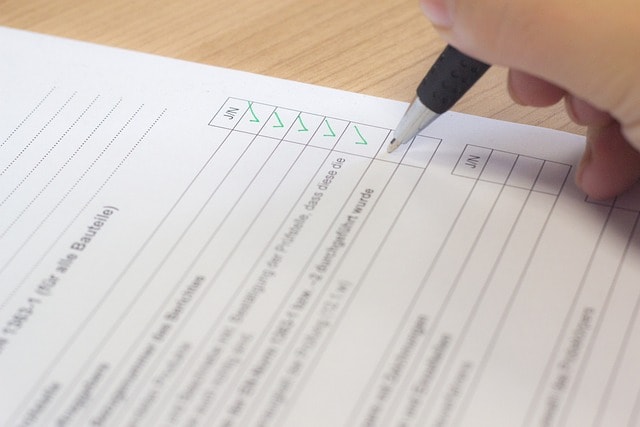
Apologize Immediately
When a customer has an issue with their order, reply quickly. Apologize for the problem and let them know you’re fixing it.
Keep it friendly and reassuring. A simple, “Sorry about the trouble! We’re on it and will sort it out” can make a big difference.
Verify The Issue
Ask the customer to send photos of the damaged or defective product. This helps you understand the issue clearly before contacting your supplier. You can say something like, “Can you please send a picture of the item so I can get it sorted for you ASAP?”
Talk To The Supplier
Once you have the photos, contact your supplier with proof of the issue. Ask for a free replacement if the product is defective and request a Return Merchandise Authorization (RMA) to make the return process official. This helps keep things smooth and ensures you handle the return properly.
Shipping The Return
If the item isn’t defective, ask the customer to send it back to you. You can have them cover the return shipping, or you can choose to cover it to keep them happy. Always suggest using tracked shipping to avoid any issues with lost packages. It helps prevent any “I didn’t receive it” claims.
Refund or Replacement
Once the supplier processes the refund or sends the replacement, update the customer. If it’s a refund, send it back to the customer minus shipping fees. If it’s a replacement, let the customer know when to expect the new item.
You can say, “Your refund has been processed, and you should see it in your account within a few days. If you’d prefer a replacement, it’s on its way and should be with you by [date].”
Confirm Return Authorization.
Once you’ve reviewed the return request and confirmed it aligns with your policy, provide clear instructions on how to return the product, including the return address and shipping method.
You can either have dropshipping returns come back to you, or the return address can be the manufacturer.
Repurpose Returned Products
Don’t just toss returned products! If they’re still in good shape, use them for product photos, and videos, or even send them to another customer. You can also use them for promotions or giveaways to get more attention.
Return Merchandise Authorization (RMA)
What is RMA and How Does it Work?
RMA (Return Merchandise Authorization) is a process that allows customers to return faulty or incorrect products to suppliers, ensuring smooth returns and customer satisfaction.
- The customer initiates a return by contacting the dropshipping supplier with a request.
- The supplier reviews the request and issues an RMA number to track the return.
- The customer follows the supplier’s return instructions, including the return shipping address.
- The customer returns the product, and the supplier inspects it to verify the issue.
- Based on the return policy, the supplier issues a refund, replacement, or store credit.
- You notify the customer about the resolution, maintaining transparency and satisfaction.
Handling International Returns

Handling international returns in dropshipping can be challenging, but it’s manageable with the right approach.
Special Considerations for International Returns
First, understand your supplier’s return policy and set one up for your own business. Remember, the buyer pays for any taxes or fees when the item arrives in their country. You also need to follow the rules of the countries you’re selling to.
When a return request comes in, act fast. Give the customer an RMA number, start the return, and keep them updated. Work with your supplier to fix any product or shipping issues. Offering clear return information and using a return system can make things easier.
Expert Tips for Handling Returns Effectively
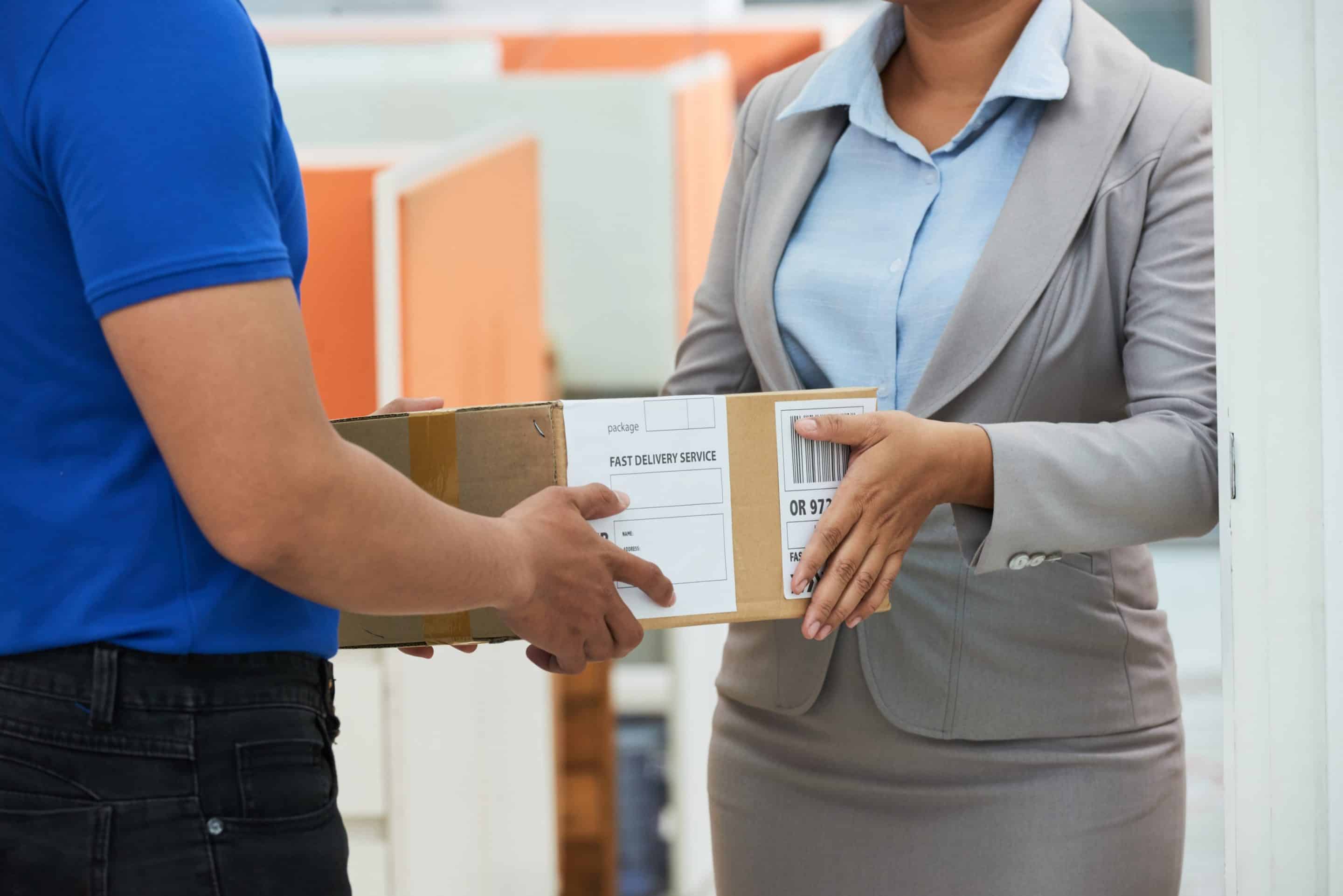
Offer Store Credit or Exchanges
Instead of only offering refunds, consider letting customers choose store credit or exchanges. This gives them more options, which can be especially helpful if they change their mind or get the wrong item, and it keeps them coming back to your store.
Learn From Feedback
Pay attention to why customers are returning items. By understanding their reasons, you can make better product choices, improve quality, and address common issues, which in turn helps reduce returns down the road.
Create a Return Policy Template
Stores like Shopify and Gorgias offer pre-made policy pages that you can easily customize to align with local regulations and supplier policies, making the process much quicker.
Keep Customers Informed
Let your customers know what’s happening with their return every step of the way. When you keep them updated, it builds trust and makes the whole process feel more transparent, even if things didn’t go perfectly at first.
Use Sell The Trend

Handling returns and refunds in a dropshipping business can be tough, but Sell The Trend simplifies the process. Here’s how it helps:
- Find high-quality products from reliable suppliers, reducing returns due to damaged or defective items.
- Discover trending products with low return rates, lowering the chances of customer dissatisfaction.
- Automate order tracking and customer communication to address shipping delays and reduce frustration.
- Integrate seamlessly with your Shopify store, making your return policy clear and transparent.
- Improve customer satisfaction by reducing mistakes, such as wrong sizes or items, through accurate product descriptions.
FAQs
What is the average return on dropshipping?
The average return on dropshipping varies but typically falls between 10-30% depending on the niche and products.
Do dropshippers deal with returns?
Yes, dropshippers deal with returns by working with their suppliers to handle the process. This usually means arranging for refunds, exchanges, or returns directly with the supplier.
Is dropshipping high profit?
Dropshipping can be profitable, but it depends on your margins, marketing efforts, and supplier relationships.
Who pays for returns in dropshipping?
Return costs in dropshipping depend on the reason for the return, with the seller or supplier covering costs for errors, and the customer handling costs for changes of mind.
How long until dropshipping is profitable?
Dropshipping can take a few months to become profitable, depending on factors like product selection, marketing strategies, and operational efficiency.
Recap of Key Takeaways
Managing dropshipping returns doesn’t have to be complicated. With a straightforward return process and tools like RMA (Return Merchandise Authorization), you can handle returns smoothly. Partnering with trusted suppliers, like those on Sell the Trend, ensures you’re offering quality products and reducing the risk of returns.
Make sure your product descriptions are clear and accurate, and keep your customers informed about what to expect. This will help you manage returns efficiently, avoid unexpected costs, and grow your dropshipping business with confidence.



